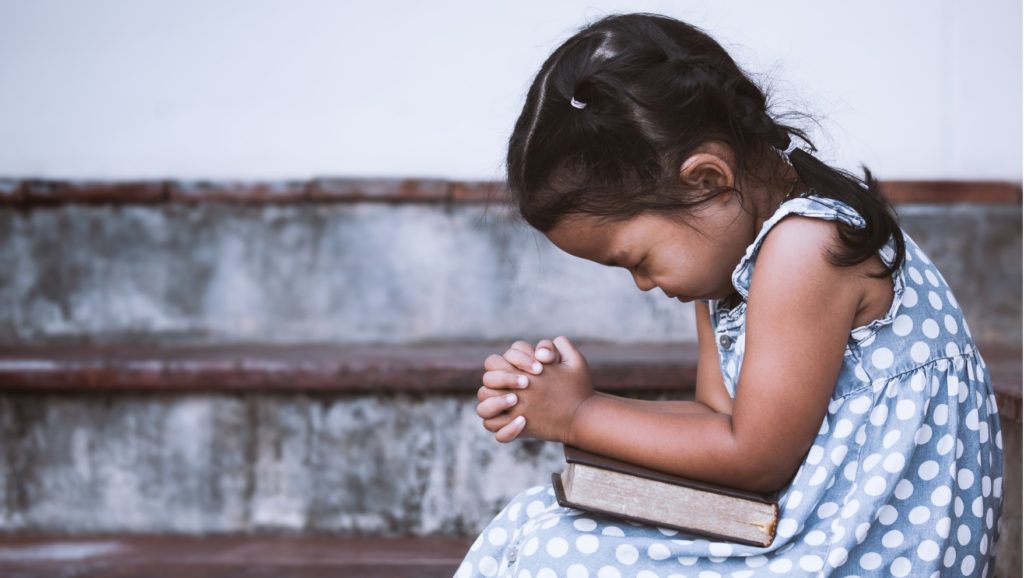What is a spiritual practice?
Franciscan priest and modern-day mystic, Richard Rohr, has stated that “the only thing that separates us from God is the thought that we are separate from God.” In our own UCC book of worship, it is said that God is as “close to us as our breathing.” So often, however, we don’t feel that closeness in a tangible way. We feel separated and pulled away from God by our many commitments, and by a world filled with noise and distraction. Spiritual practices help us to lean into our innate connection with the divine and put us into a posture to experience that connection more often and in a more profound way. There are many different forms of spiritual practice. As you’ll see below, practices vary widely, and can be solitary or communal, spoken or sung, based in stillness or movement.
Why practice?
Just as with anything else, the more you practice, the stronger your spiritual muscles will get, and the more you will become acclimated to God’s presence and action within and all around.
How?
There are many varieties of spiritual practice, and there is no one right way to connect with God. We hope that through this website, you can explore many different practices until you find the one that works best for you. When you find it, feel free to play with it and make it your own, and then, practice!



















